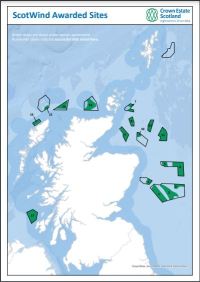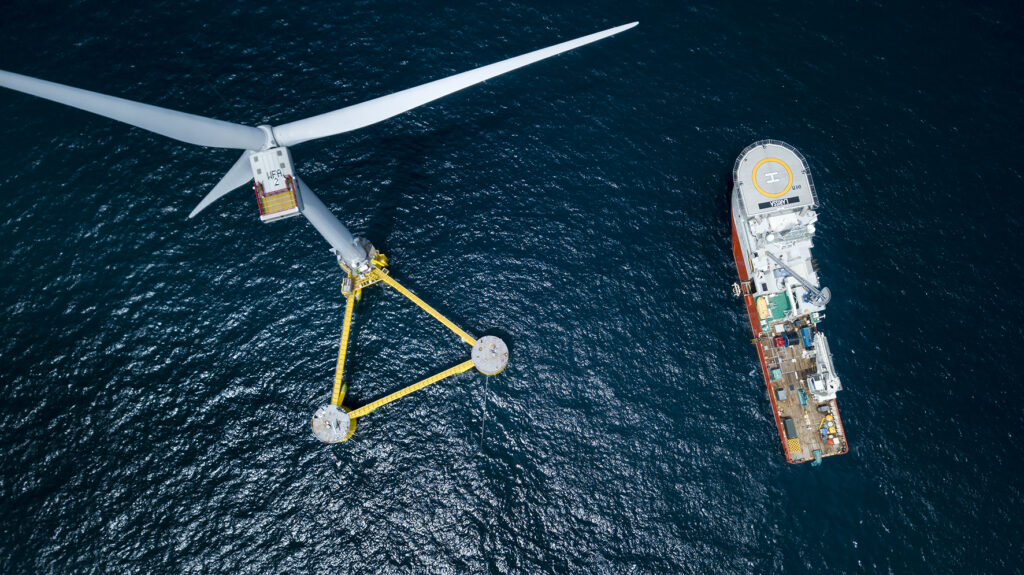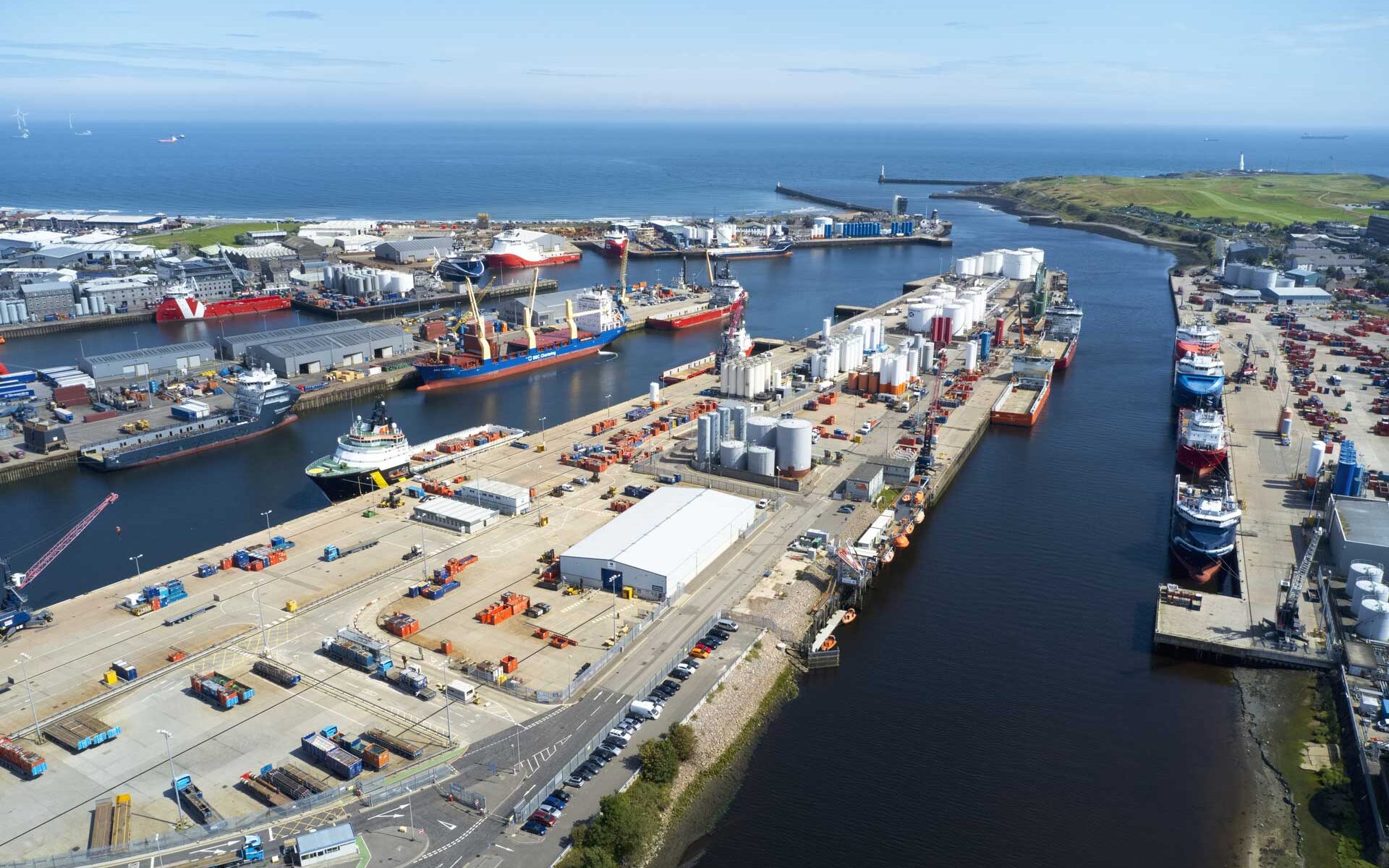ScotWind Results: Scotland’s winds of change blowing in new challenges

Still talking about the results of Scotland’s historical seabed leasing? So are we, including our Juan Frias, Senior Project Manager at OWC.
Whilst ScotWind’s results herald massive opportunity for both the Scottish renewable energy industry and its local supply chain, the scale of capacity awarded flags up a number of key challenges for the industry to be aware of, which could hamper delivering on commitments.
Juan shares his thoughts on what are the main challenges and risks ahead to delivering on that 25 GW.
Scottish energy system ⚡️
As we’ve seen, ScotWind awarded a whopping 25 GW of offshore wind capacity. However, renewable energy already makes up a sizable share of Scottish energy. Indeed, in 2020 62% of electricity generated in Scotland already came from renewables, equating to 99% of local electricity consumption. Last year, Scotland’s installed renewable energy capacity stood at 12 GW with average annual demand around 3 GW.
With that in mind, a further 25 GW is at risk of curtailment unless greater electrification of industry, transportation and heat takes place (now electricity only accounts to 20% of the energy consumption), as well as increased interconnection with the rest of the UK. These measures would ensure the extra green electrons can play an active role in our race to net-zero.
Grid connection
It is likely that successful bidders are aiming to commission their projects between 2028 to 2035. Currently, the export capacity between Scotland and North of England is 6 GW. Therefore, a massive deployment of eastern subsea HVDC links between Scotland (mainly Peterhead and Torness) and North of England (the Humber) will be required to avoid curtailment.
Furthermore, the awarded ScotWind projects will see the coordination of onshore works for electricity networks and more complex offshore coordination pushed forward. These could ease grid integration and reduce the number of cables, decreasing the impacts on the environment and stakeholders.
Hydrogen ⚛️
Several developers have outlined plans to produce green hydrogen to mitigate downward pressures in power prices and the challenges to secure a timely grid connection.
But green hydrogen production is currently marginal worldwide, and ScotWind projects present additional challenges as many plan to deploy floating foundations far offshore, increasing the cost of delivering electricity. Hydrogen also faces the competition from other decarbonisation alternatives such as direct electrification, biofuels, or Carbon Capture and Storage (CCS).
Therefore, green hydrogen needs significant technological developments and regulatory efforts to credit green over blue hydrogen, as well as to encourage more end-user involvement.
Supply chain

The big winner of the ScotWind results was of course floating wind, with a ground-breaking 15GW of capacity awarded. Whilst a terrific boost to this still young industry, the technologically complex nature of floating wind technologies and associated infrastructure presents significant challenges as well as opportunities to manufacturers and supply chain.
Assuming a Wind Turbine Generator (WTG) capacity between 15 to 20MW, these 15 GW mean there will be a requirement for 1,000 to 750 floating foundations to be fabricated. Considering it takes roughly 7 to 9 months to manufacture each unit of the most advanced floating wind technologies, massive industrialisation efforts will be needed to deliver on these projects. Players in the market, tooling up early to support this still relatively new technology, stand to gain the most. There are big supply chain commitments and expectations to deliver!
Ports ⚓️
Ports are key to delivering supply chain ambitions enabling the manufacture of big-ticket components in Scotland (blades, towers, foundations). Indeed, there are 2 main ports where WTG assembly can be completed for GW-scale projects – Invergordon & Nigg. However, each would only have the capacity to serve one of the GW projects awarded.

Active coordination and collaboration with the Scottish and UK Governments will be needed to ensure there is the port infrastructure needed to deliver.
Consenting
The permitting process of the few offshore wind projects consented in Scotland has taken 1 to 2 years. Many sites are also in highly sensitive ornithological areas. The evaluation of cumulative impacts is still novel and significant mitigation and compensation measures might be required to reduce risk to local environments.
All of the above will add pressure to the available resources of the environmental & planning bodies. Therefore, a greater headcount and more agile consenting frameworks will be important in ensuring developers can meet the consenting timeframe, whilst fully identifying and assessing environmental risk.
Skills
Tens of thousands of people will be required to solve all the above challenges, from engineers to biodiversity specialists to construction workers or lawyers. This offers opportunities for professionals to transition from oil and gas to renewables, as it does for Scotland itself. Structured training programmes will need to be delivered including specific engagement tailored to attract children and young people to the industry, as they will be the ones driving the change.
Conclusion
With every challenge, comes great opportunity. ScotWind has granted immense opportunity to the Scottish renewables market to be a leading light in global offshore wind development, and in particular in global floating wind. Though the scale of the challenge in delivering on these commitments, is vast, so too are the gains to be had for local industry, supply chain and developers.
If the risks can be overcome, Scotland stands to see massive industrialisation of its supply chain as well as port infrastructure, creating masses of new job opportunities. It would see the upgrade of its grid and energy system, to create a highly robust, competitive and secure carbon-neutral system. The opportunity is now – don’t miss out!

Juan Frias | Snr Project Manager
